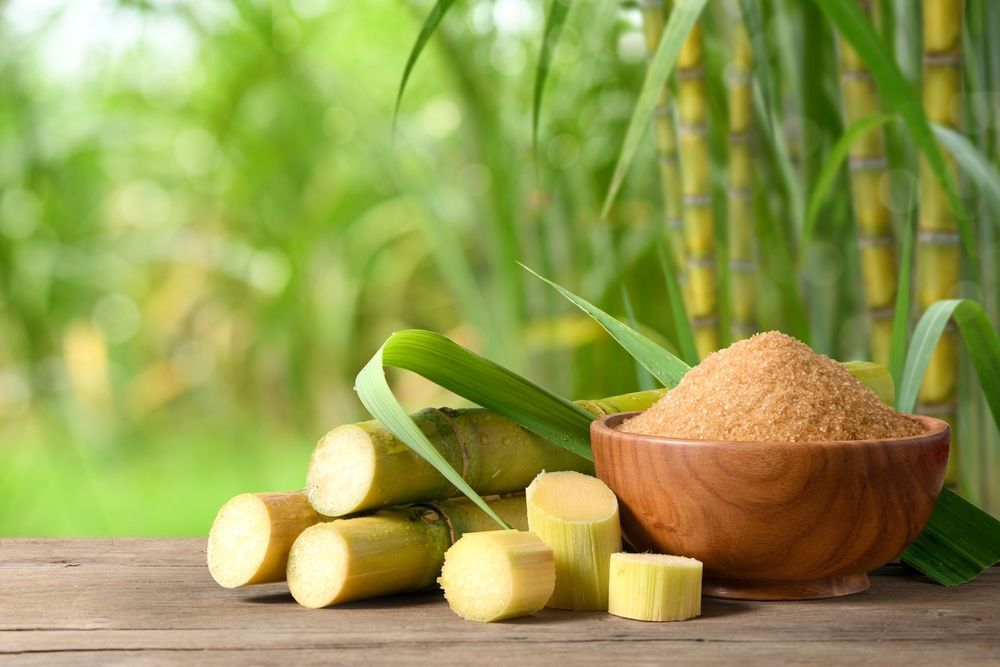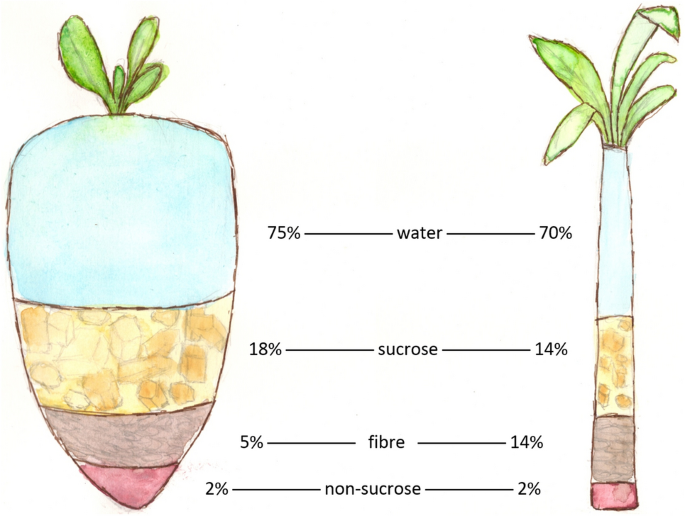The discussion of beet sugar vs cane sugar often includes comparisons of their effect on blood sugar.
The discussion of beet sugar vs cane sugar often includes comparisons of their effect on blood sugar.
Blog Article
Discover the Uses and Benefits of Beet Sugar Vs Cane Sugar in Your Daily Diet Plan
Checking out the distinctive top qualities of beet and cane sugar exposes greater than just their sweetening abilities; it highlights their special effect on health and wellness and culinary arts. Beet sugar, understood for its subtle flavor, is usually favored in fragile treats, whereas cane sugar, with its tip of molasses, adds richness to durable meals. Each type holds its own nutritional account and glycemic effects, inviting a deeper understanding of their functions in a balanced diet plan and sustainable usage practices.
Beginning and Manufacturing Processes of Beet and Cane Sugar

The distinctive climates and dirt types needed for growing sugar beets and sugarcane contribute to differences in their farming practices and geographic distribution, influencing the economics and sustainability of their manufacturing. beet sugar vs cane sugar.
Nutritional Contrast Between Beet Sugar and Cane Sugar
Regardless of stemming from different plants, beet sugar and cane sugar are nutritionally really similar, both mainly including sucrose. Each supplies regarding 4 calories per gram, converting to approximately 16 calories per tsp. Structurally, both sugars are made up of about 99.95% sucrose, with minimal quantities of various other substances like wetness and trace element, which do not substantially alter their nutritional profiles.

Ultimately, when picking between beet sugar and cane sugar based on dietary material alone, both offer similar advantages and drawbacks as they are essentially forms of the exact same particle-- sucrose, giving quick power without other nutrients.
Influence On Health: Glycemic Index and Caloric Content
Exploring further right into the impacts of beet sugar and cane sugar on wellness, it is important to consider their glycemic index and calorie web content. The glycemic index (GI) of both beet and cane sugar is around 65, categorizing them as high-GI foods, which can trigger fast spikes in blood glucose degrees.
Each sort of sugar consists of around 4 calories per gram, making their caloric web content equivalent. For those keeping track of caloric intake, specifically when handling weight or metabolic health conditions, comprehending this equivalence is crucial (beet sugar vs cane sugar). Nevertheless, excessive consumption of any high-calorie, high-GI food can add to health problems such as excessive weight, heart condition, and insulin resistance.
Environmental and Economic Considerations of Sugar Production
Beyond health influences, the production of beet and cane sugar likewise increases considerable Going Here ecological and economic problems. Sugar beet farming often tends to call for cooler climates and has a reduced geographical footprint contrasted to sugar cane, which flourishes in tropical regions.
In addition, using chemicals and plant foods in both beet and cane sugar farming can bring about dirt destruction and contamination, additional impacting biodiversity and neighborhood water bodies (beet sugar vs cane sugar). The choice between cultivating sugar beet or cane often pivots on regional environmental problems and economic factors, making the sustainability of sugar production a complicated concern
Culinary Applications and Taste Differences
While the environmental and economic aspects of sugar manufacturing are certainly considerable, the choice between beet and cane click sugar likewise influences culinary applications and flavor accounts. Beet sugar, derived from the sugar beet plant, is known for its incredibly neutral taste.
Cane sugar, extracted from sugarcane, often preserves molasses traces, which pass on a distinctive splendor and depth. This minor molasses flavor boosts the complexity of baked items, sauces, and marinades. It is particularly favored in things where a sugar undertone is desired, such as in brownies or gingerbread. The slight variant in wetness content between beet and cane sugar can influence the texture and uniformity of meals, making cane sugar a preferred option for particular recipes that benefit from its special residential or commercial properties.

Final Thought
In verdict, both beet and cane sugar have distinctive origins and production procedures, providing similar nutritional accounts with slight differences in salt content and taste. While their effect on health, specifically pertaining to glycemic index and calories, is similar, the selection in between them commonly comes down to ecological, financial variables, and particular cooking demands. Recognizing these facets can lead customers in making informed decisions that line up with their health and wellness goals and flavor choices.
Report this page